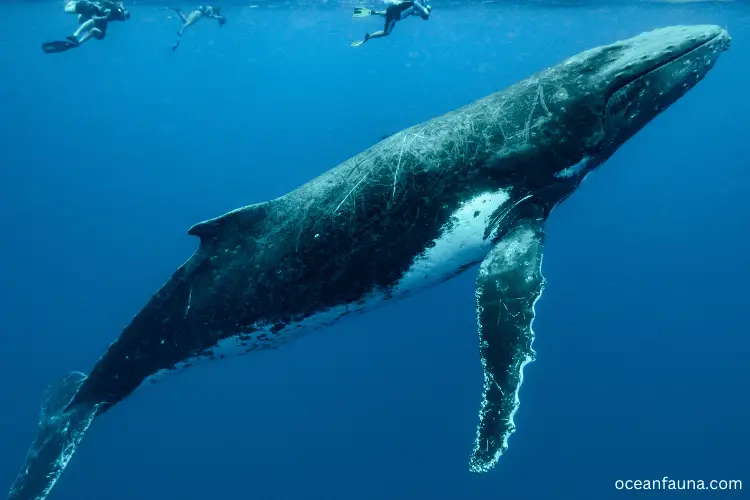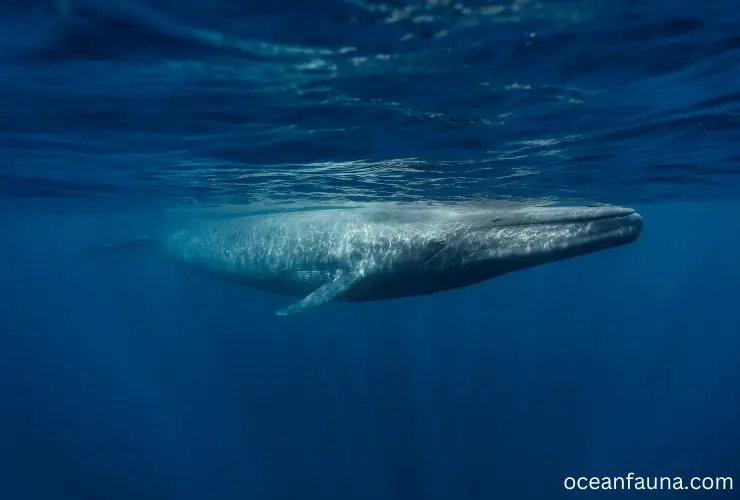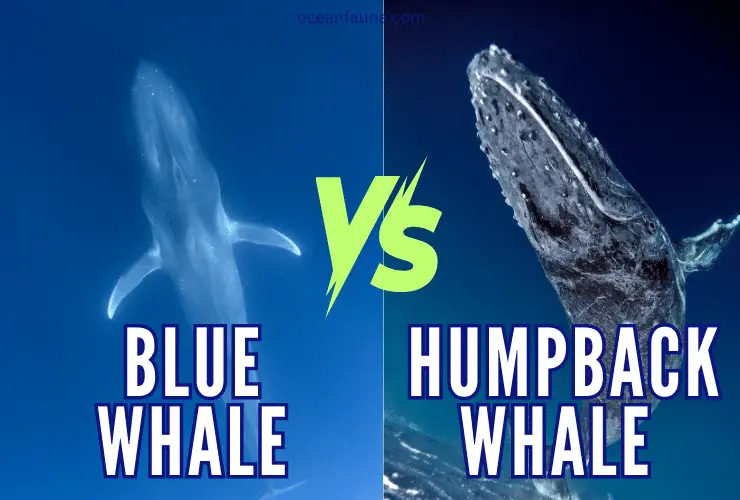Barnacle Anatomy [Explained in Detail]
A barnacle is a type of crustacean known as a cirripede. Its body is covered with tough plates made of calcium carbonate and attaches itself to hard surfaces to live. However, this article will let you know more about barnacle anatomy. Barnacle Anatomy: External, Internal & Reproduction Here are some anatomical systems of barnacles are … Read more










